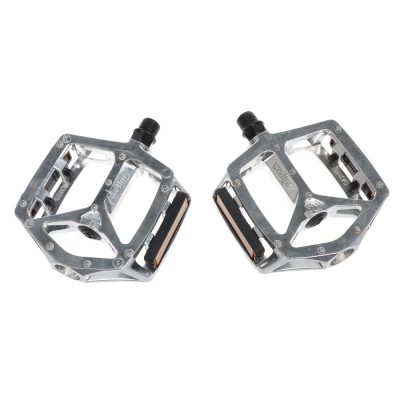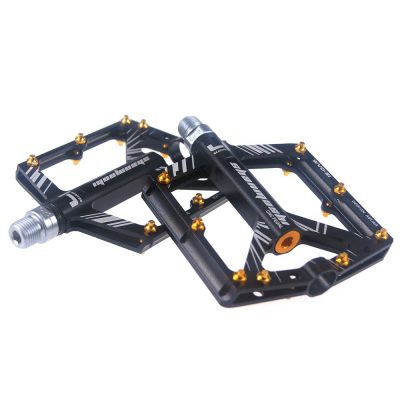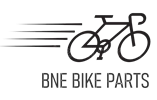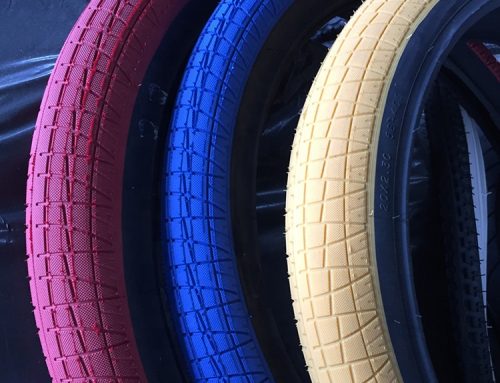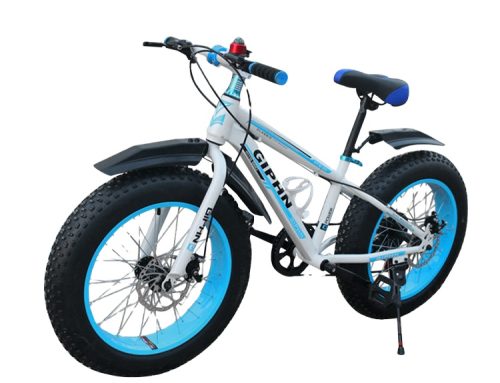From road cycling and mountain cycling to hybrid cross-country, spinning courses and triathlons, different cycling shoes are designed for all different types of cycling. Each has slightly different characteristics to better suit their intended use.
Road bike cycling shoes
Road bike cycling shoes provide efficient power transmission because they have the hardest sole and the widest studs. They are usually compatible with toe fixers and pedal settings with 3 bolts, and they tend to be difficult to slide around because the toe fixers are exposed and protruding from the sole. If you are riding on the road and do not want to spend a lot of time on your feet when you are not pedaling, road bike cycling shoes are for you. They are also the type of cycling shoes used by triathletes.
Mountain bike cycling shoes
The soles of mountain biking shoes are hard and rough, which can provide traction on rough terrain. They also have a recessed double-bolt lock plate design, making it easier to move around. For mountain biking shoes, walkability is a good feature, especially when you encounter a mountain trail that needs to be hiked. Gravel road riders and racers usually also use these multi-purpose cycling shoes.
Hybrid cross-country cycling shoes
Hybrid cross-country cycling shoes are mountain bike shoes with mounting points on the soles, and studs can be installed to increase extra traction when running and crossing obstacles. In hybrid cross-country, you spend time jumping off the bike, running up steep hills or clearing obstacles, so this extra traction is a huge advantage.
Indoor cycling shoes
The soles of indoor cycling shoes or spinning cycling shoes usually have strong grip lines and concave double-bolt cleats designed for walking, similar to mountain cycling shoes. You can usually rent these types of cycling shoes in the spinning room, but if you have a fleet of bicycles at home, you will need three-bolt road cycling shoes.
